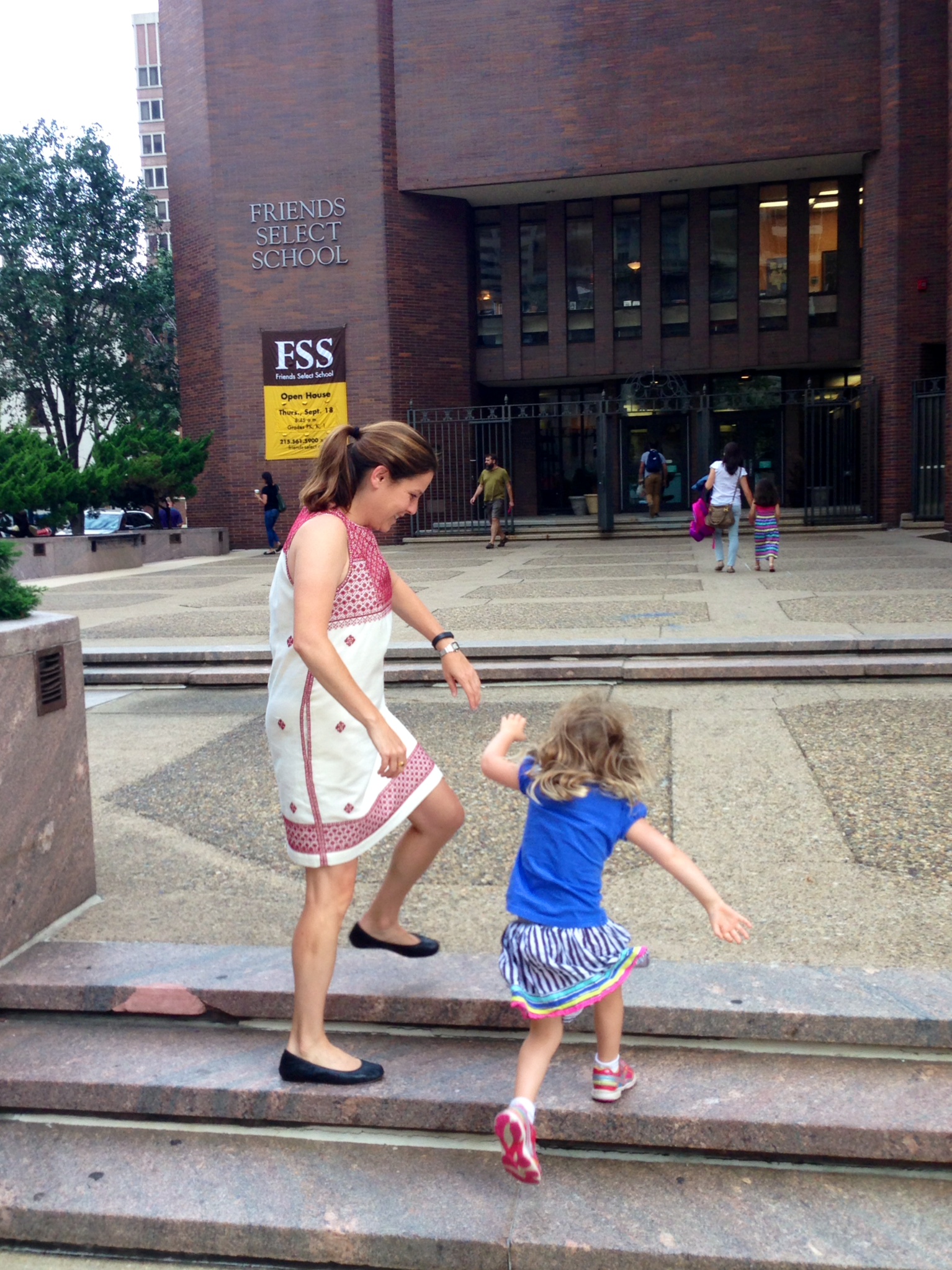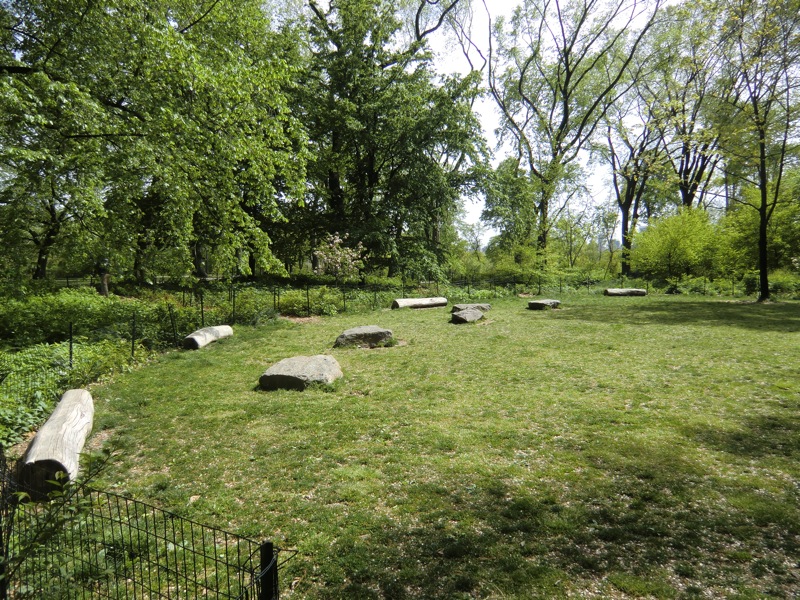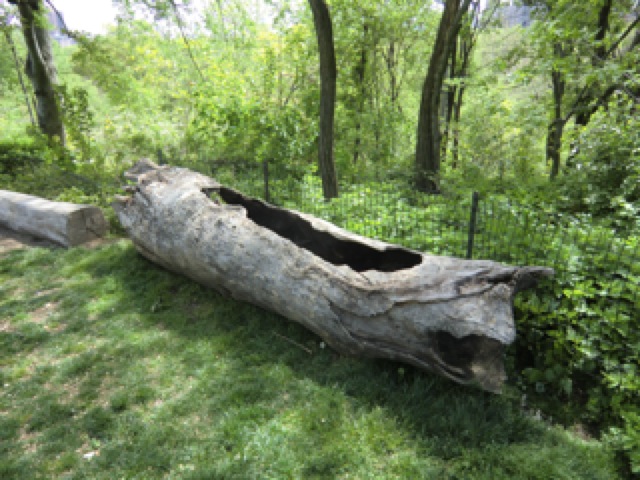You’ve got to love the Koch Brothers. Well, maybe love isn’t the right word, but those guys and their proxies pop up everywhere.
Their latest stunt is a $750,000 tailgate tour of 20 college campuses by Generation Opportunity, a “non-partisan” 501(c)(4) non-profit that, thanks to the Supreme Court’s Citizen United decision, does not have to reveal the names of its donors. So far, though, it has received over $5 million from groups associated with the Kochs. The motorcade’s mission is to persuade students across America to reject Obamacare.
First stop: the University of Miami-Virginia Tech football game, where, GO spokesman David Pasch emailed the Tampa Bay Times, “we rolled in with a fleet of Hummers, F-150’s and Suburbans, each vehicle equipped with an 8-foot-high balloon bouquet floating overhead.”
Then “brand ambassadors (aka models with bullhorns)” rolled out a full suite of alternative health options, ranging from cardio exercises (beer pong) to balanced nutrition (pizza and beer) to something called “cornholing” (which turns out to be a combination of beanbag and a warning about what Obamacare will do to you).
“And,” added Pasch, “we educated students about their healthcare options outside the expensive and creepy Obamacare exchanges."
The kids had a ball. I mean, free beer, loud music and hot models vs. creepy Obamacare? That’s some choice for college students, especially those still on their family’s health plan.
The Kochs’ (rhymes with “just folks”) commitment to family values and home remedies is unwavering, so perhaps we should call their health-care alternative “Yomamacare”.


